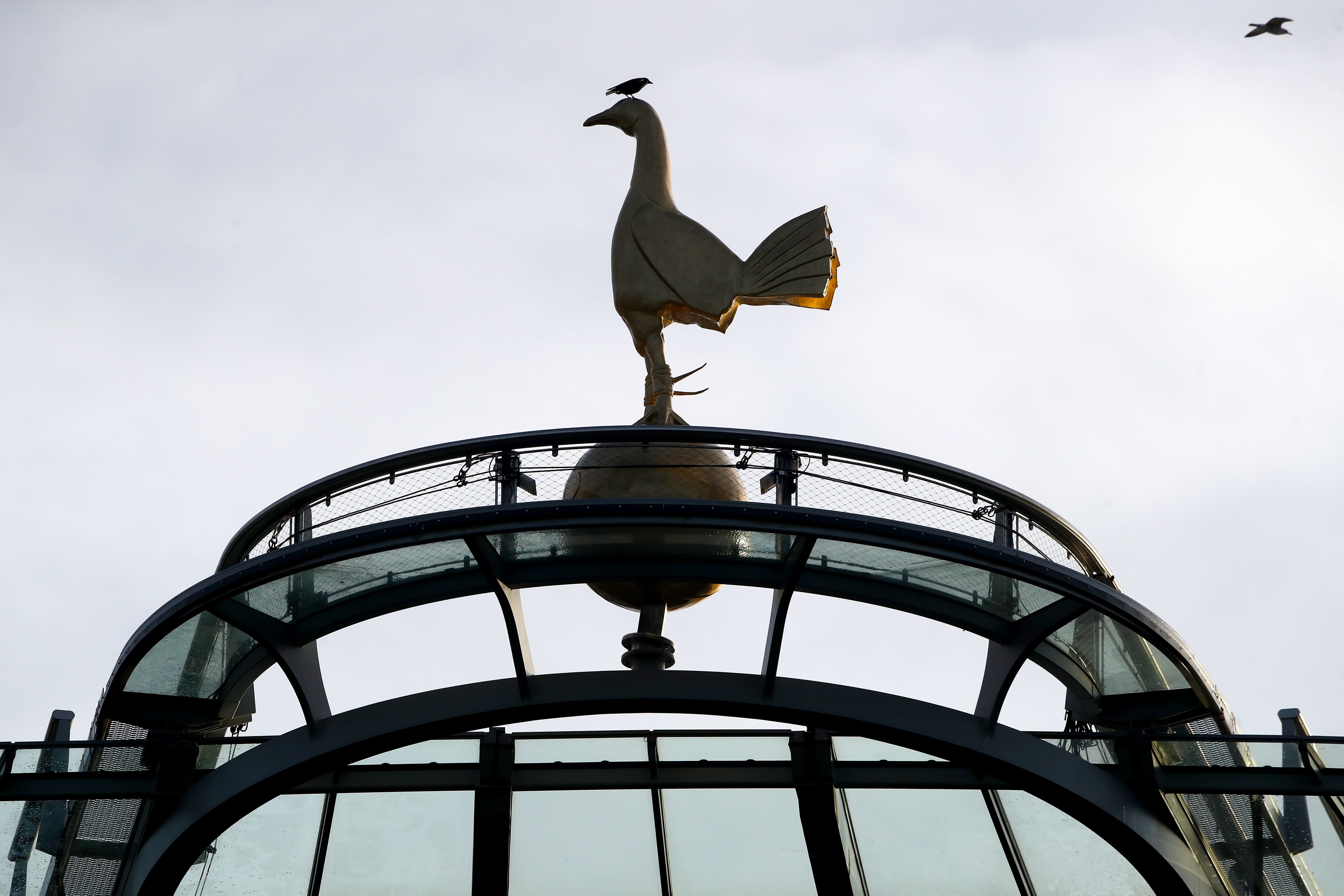Tottenham Hotspur lose court challenge over regeneration scheme next to stadium
The football club brought a judicial review against planning permission for a proposed residential and commercial development.

Tottenham Hotspur football club has lost a High Court challenge over plans for a major regeneration scheme next to its stadium.
The Premier League side took legal action over Haringey Council’s August 2022 decision to grant planning permission to a mixed residential and commercial development on land west of High Road, Tottenham, north London.
Proposals for the site include up to 2,929 homes, a library and learning centre, office space, a new public park and an energy centre, which local authority officers said would be a “significant contribution to the regeneration of the area”.
The plans, which include the demolition of existing buildings, are projected to provide thousands of construction and supply chain jobs, improved travel links and generate millions of pounds for the economy.
Heritage impacts were lawfully identified and were judged to be outweighed by the substantial public benefits which the scheme would deliver
At a hearing in London earlier this month, lawyers for the football club argued that the council had failed to consider the “heritage impacts” of parts of the plans, including on local listed buildings and the North Tottenham Conservation Area.
The club’s legal team also said the council had been “misled” over “additional burdens” it would face related to crowd control, arguing that proposed planning conditions “failed to secure the measures assessed as being necessary to provide for the safe movement of crowds”.
Haringey Council and developer Lendlease (High Road West) Limited, an interested party in the case, opposed the club’s High Court challenge.
In a ruling on Wednesday, Mr Justice Saini dismissed the club’s case, concluding that “this is a planning decision for a scheme which will deliver significant benefits to the locality”.
“Heritage impacts were lawfully identified and were judged to be outweighed by the substantial public benefits which the scheme would deliver,” the judge said.
He added: “There is a clear development plan support for this development and the regenerative impacts of the scheme are of overwhelming significance in the planning balance.”
The judge was told that the council’s independent review concluded that “crowd control measures to be provided both during and after construction would provide at least equivalent provision for stadium crowds queuing for White Hart Lane Station; and that post-construction the situation for stadium crowds will be improved”.
The judge concluded that through planning conditions “safeguards exist which will enable arrangements for crowd safety to be in place, and be capable of being implemented, at each stage of the construction”.
He said: “In my judgment, the council was lawfully satisfied that the planning permission created a framework which would ensure that the access to the stadium, which was a key planning consideration, would be satisfactorily achieved without unreasonable impact on (the club).”
